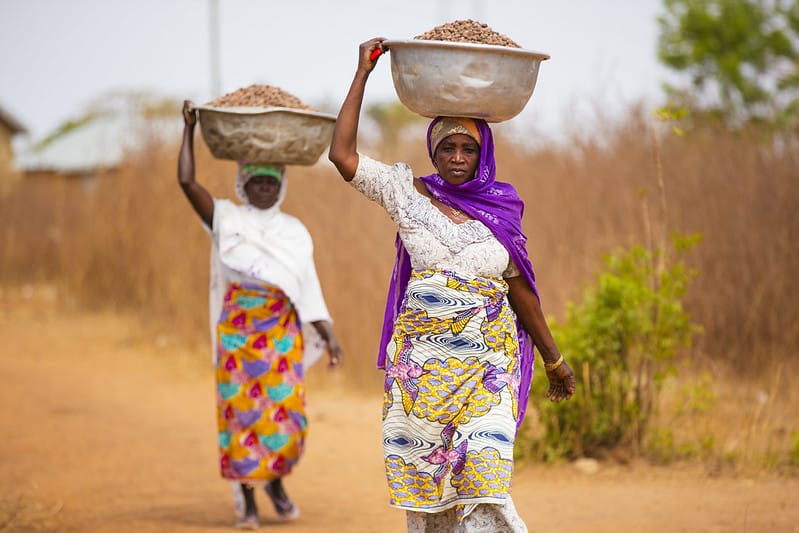High rates of coerced sex among female youth in Ghana remains a huge public health concern.
Sexual victimization is recognized as a human right violation and also as the main threat to the wellness of females.
It’s experiences have adverse mental, physical, and behavioral consequences that have been reported by studies across the world.
The most common and well-recorded consequences of sexual victimization are the effects on adolescent female reproductive and sexual health, including STIs and HIV infection, unwanted pregnancies, and pregnancy complications (miscarriage, stillbirth, and low birth weight).
Identifying the risk factors that contribute to coerced sex among female youth will help us prevent the consequences and long-lasting negative impact of sexual victimization.
The common risk factors include:
Relationship Status
An intimate relationship is one of the primary sexual coercion risk factors. According to research, coerced sex is perpetuated with known victims, particularly those partners in intimate relationships and not strangers.
Various studies have linked characteristics like age, power, and socioeconomic differentials between partners as the factors increasing the risks of coerced sex in intimate relationships. However, there is no evidence suggesting that a romantic relationship can increase the risk of coerced sex.
The prevalence of sexual victimization in women with a history of sexual activity or multiple partners is high. Though most research excludes inexperienced females, yet they’re also at risk of coerced sex.
But this is understandable because this exclusion might be attributed to school status. Many in-school females are at a lower risk of being coerced into sex than those out-of-school.
School enrolment, act as a powerful impediment to the formation of intimate relationships. Even though schools provide a suitable environment to meet males and form relationships.
Multiple studies show that enrolled females are less likely to get involved in sex or be in romantic relationships.
Family Structure and Process
Family structure and process may increase or decrease the female risk against coerced sex. This depends directly on the family relationship experience.
Many studies have focused on one aspect of the family process and that’s behavioral control. This aspect includes monitoring of female youths by parents or other adult family members.
Also, it includes house rules and how consistently the rules are being enforced. Research suggests that behavioral control and parental monitoring prevents sexual activity among U.S. adolescents.
In Ghana and other parts of sub-Saharan Africa, studies have found that monitoring by both parents and other family members has resulted in reduced risk of sexual activities among the youth.
Therefore, closely monitored female youths are less likely to get involved in romantic activities. Besides, if they do get involved, behavioral control might limit the opportunities of male partners to coerce them into having sex.
Societal Factors
Social factors such as male dominance promote gender inequalities, which consistently reinforces the male perception of violence against females. This increases the risk of sexual victimization.
Tradition norms involving gender roles, the existence of a philosophy of male sexual entitlement, the social norm that supports sexual assault, and weak legal sanction against sexual assault in African countries need to be addressed to prevent victimization.
References
https://www.ncbi.nlm.nih.gov/pmc/articles/PMC4493860/
https://www.ncbi.nlm.nih.gov/pubmed/15590381/
https://www.ncbi.nlm.nih.gov/pubmed/16566848/
https://pubmed.ncbi.nlm.nih.gov/11389258/

